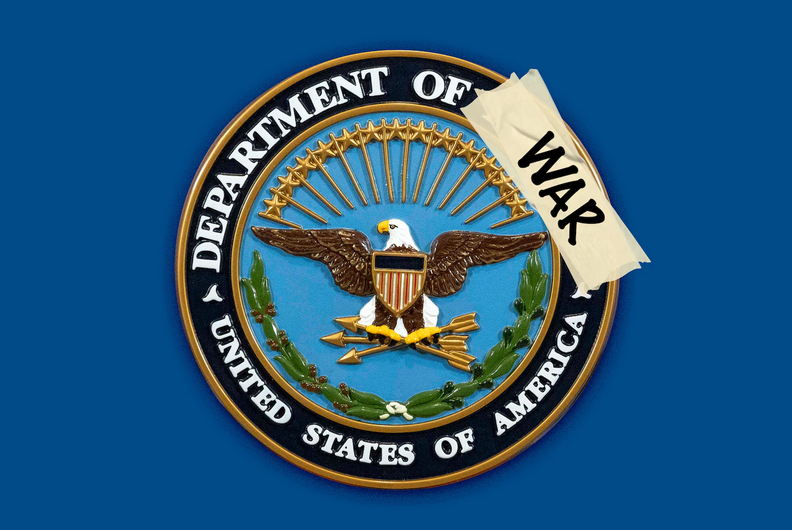
Rebranding the Pentagon as ‘War Department’ exposes the true face of US foreign policy—contradictions, crises, and a dangerous new era of militarism.
1. The Symbolic Declaration of War
-
Friday, September 14: Trump officially reinstates the title “Ministry of War” for the Pentagon.

Image 1: “I’m going to let these people go back to the Department of War and figure out how to maintain peace.”: Trump -
Immediate Actions: New website (
war.gov), Secretary of Defense now referred to as “Secretary of War.”
Image 2: From defense to war -
Legal Loophole: Congress retains the official name (“Department of Defense”), but the propaganda shift is complete. (In defense of the War Department, The Washington Post)
Why It Matters:
Language shapes perception. This isn’t a bureaucratic tweak—it’s a declaration of intent.
2. The Contradiction: “Peace President” or Warmonger?
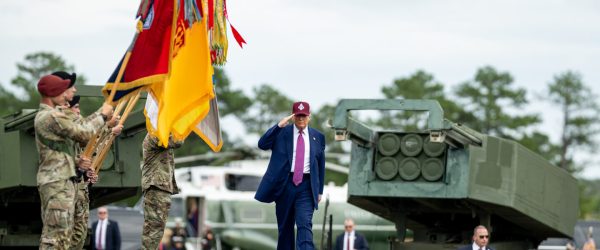
-
Trump’s Narrative: Claims he “ended 6 wars in 6 months” and deserves a Nobel Peace Prize. CBS News
-
Reality:
-
Verdict: A calculated deception to mask escalating aggression. Trump tells Qatar: Won’t happen again
3. The Global Message: Arson, Not Diplomacy
To Adversaries (Iran, Russia, China):
-
“The US is embracing confrontation, not deterrence.”
-
Google AI: The statement “The US is embracing confrontation, not deterrence” suggests a shift in US foreign policy from preventing conflict to actively engaging in it, a claim that is debated but has some recent evidence, such as the potential symbolic impact of restoring the “Department of War” name and rhetoric from some within the current administration emphasizing strength and countering threats from nations like China. However, the concept of “deterrence through denial” still actively shapes US strategy, and the administration’s overall goal remains to avoid war and maintain stability through a strong military and capable defense industrial base.
Arguments for “embracing confrontation”-
Rhetoric and actions:Some government officials, like Secretary of Defense Pete Hegseth, have emphasized the need for strength and capability in the Indo-Pacific, which could be seen as a less defensive posture than pure deterrence.
-
Symbolic shifts:The reported restoration of the “Department of War” name is presented as a signal that the United States is openly acknowledging its role as a war-making power, rather than a reactive one.
-
Focus on counteracting threats:The new administration is seen by some as focusing strategic attention on countering threats from China, which could be interpreted as a more confrontational approach.
Arguments against “embracing confrontation”-
Deterrence remains a core goal:The official mission of the Department of Defense is still to “deter war and ensure our nation’s security”.
-
Integrated deterrence strategy:The US has a strategy of “integrated deterrence,” which includes economic, technological, military, and ideological elements, as well as the role of allies and partners.
-
Emphasis on peace and stability:While acknowledging increased tensions, the goal is still to build a constructive relationship and restore peace and stability.
-
Building capability for deterrence:Efforts to increase defense spending, revitalize the defense industrial base, and improve military capabilities are intended to end conflicts and restore stability through deterrence.
ConclusionThe assertion that the US is embracing confrontation over deterrence is a strong claim. While some actions and rhetoric might be interpreted as more confrontational, the stated goals and broader strategic framework still include deterrence as a central pillar of US foreign policy, particularly in the Indo-Pacific. The distinction often lies in the interpretation of how to best achieve deterrence in a complex, competitive environment. -
To Allies (NATO, Gulf States):
-
“Washington is unstable, unreliable, and hungry for conflict.”
To the World:
-
“The rules-based order is dead. Welcome to the era of open imperialism.”

Image 4: Palestine, genocide, and the imperialist lie of the ‘rules-based international order’
4. The Historical Parallels
-
WIKIPEDIA1947: Last use of “War Department” before rebranding to “Defense Department” post-WWII. WIKIPEDIA(United States Department of Defense)
-
2024: Trump revives pre-Cold War terminology, signaling a return to unchecked militarism.
5. The Inevitable Fallout
-
Escalation Risk: West Asia (Iran-Israel), Latin America (Venezuela), and Eastern Europe (Ukraine) are tinderboxes.
-
Loss of Trust: Allies question US motives; adversaries prepare for conflict.
-
Legacy: Trump’s presidency may be remembered not for “peace,” but for normalizing war as policy. NEWSWEEK
Call to Action
*“Share this article. Tag media outlets. Demand answers:
-
Why is a ‘peace president’ rebranding for war?
-
Will Congress block this dangerous shift?
-
Is the world ready for Trump’s militarized America?
#MinistryOfWar #TrumpHypocrisy #EndlessWar”*

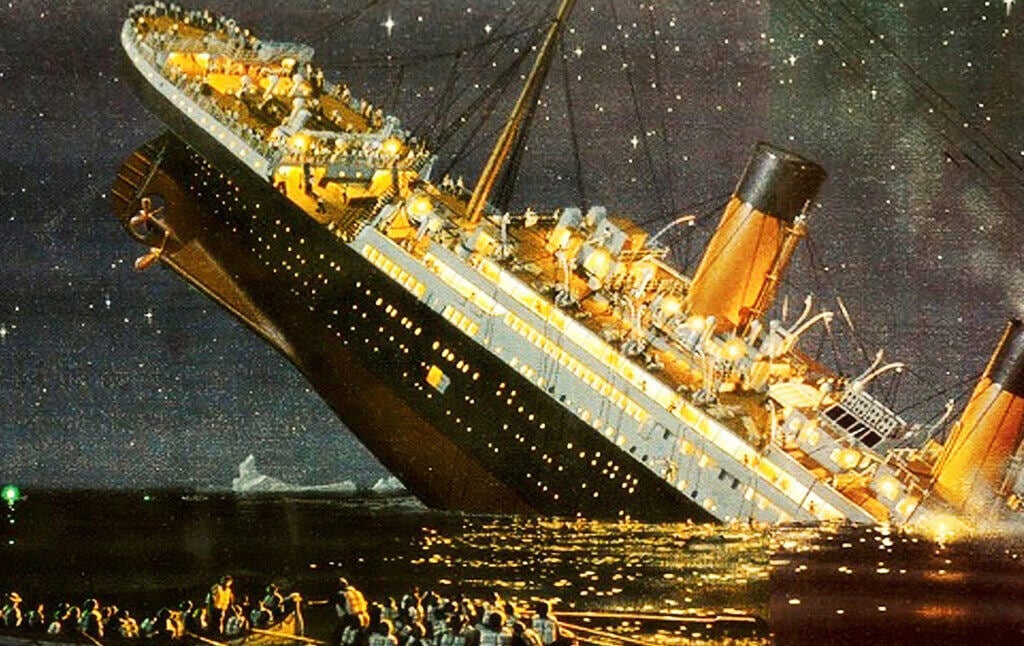


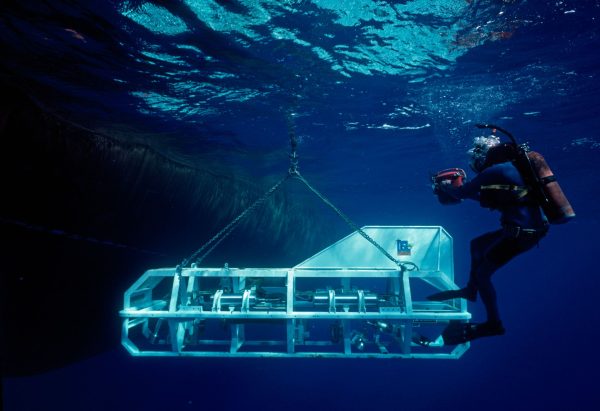
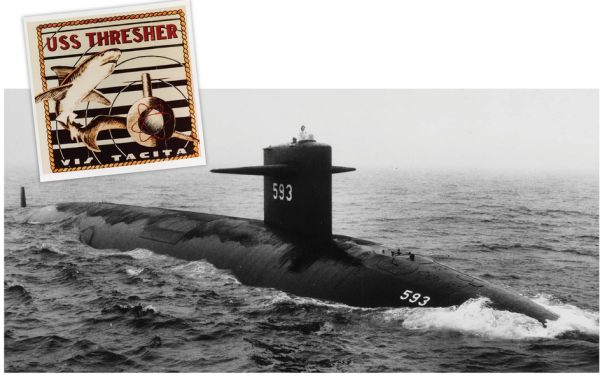
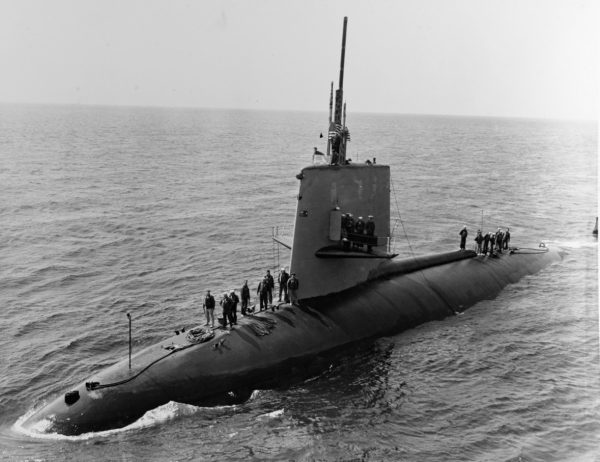
 The organizing principle of U.S. foreign policy since the end of the Cold War has been to ensure that every nation in the world stays within a security structure managed and controlled by Washington. Nations, regardless of their ideological orientation, that refuse to follow U.S. wishes find themselves demonized and pressured to conform, while nations whose states are not centralized enough to control their territory are called “failed states” and are subjected to often counterproductive “nation building.
The organizing principle of U.S. foreign policy since the end of the Cold War has been to ensure that every nation in the world stays within a security structure managed and controlled by Washington. Nations, regardless of their ideological orientation, that refuse to follow U.S. wishes find themselves demonized and pressured to conform, while nations whose states are not centralized enough to control their territory are called “failed states” and are subjected to often counterproductive “nation building.